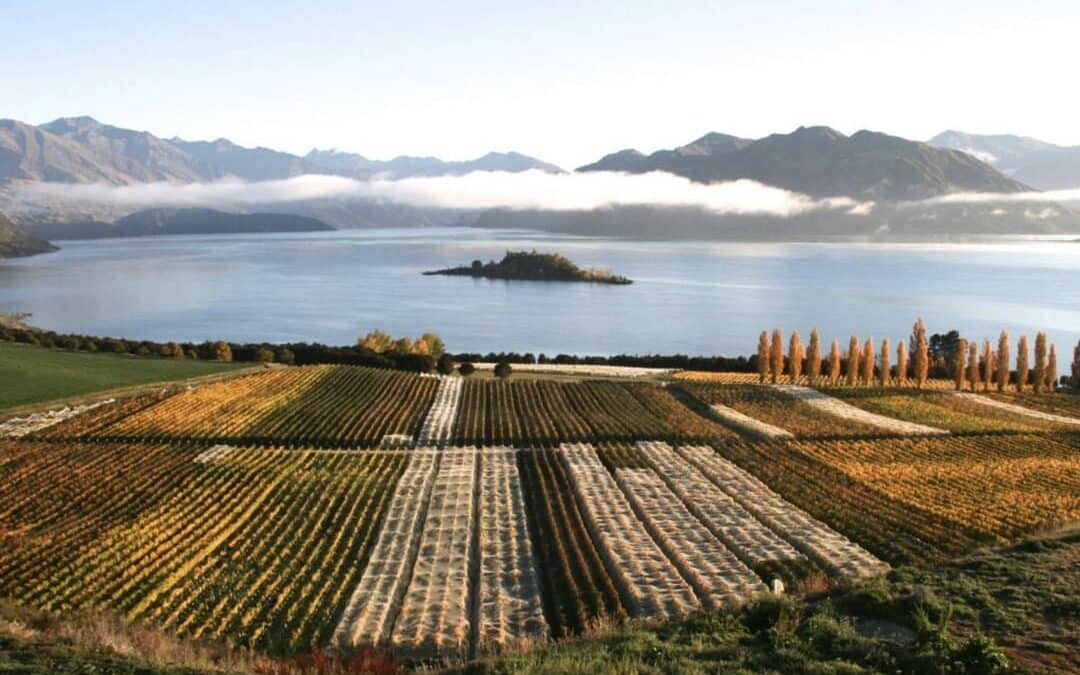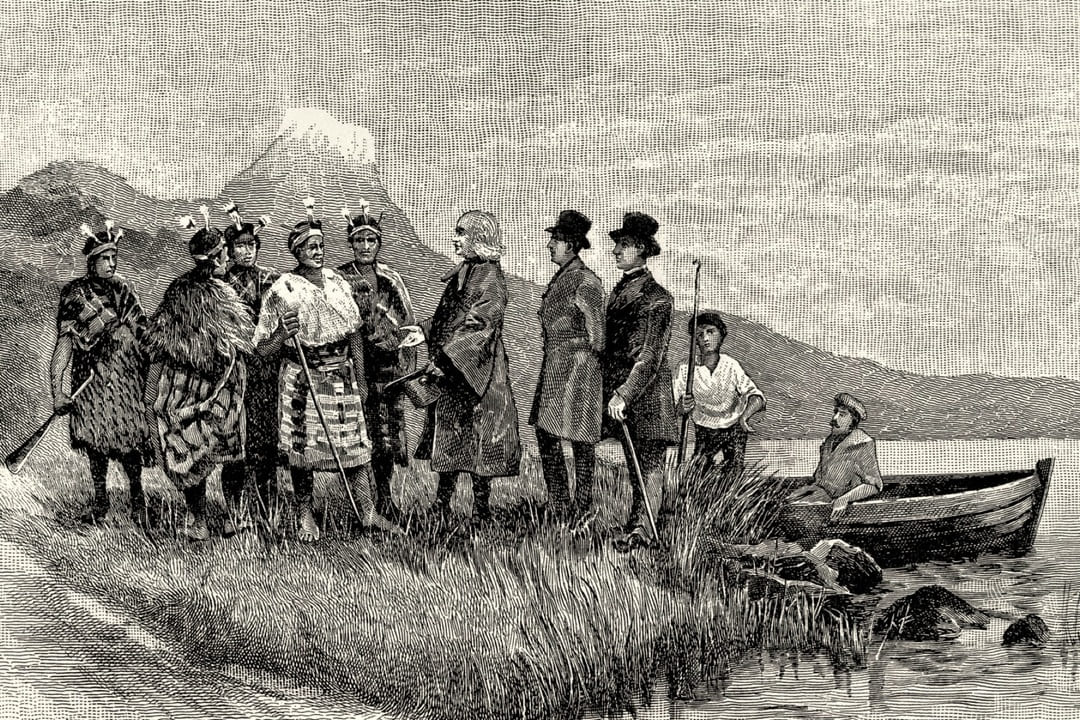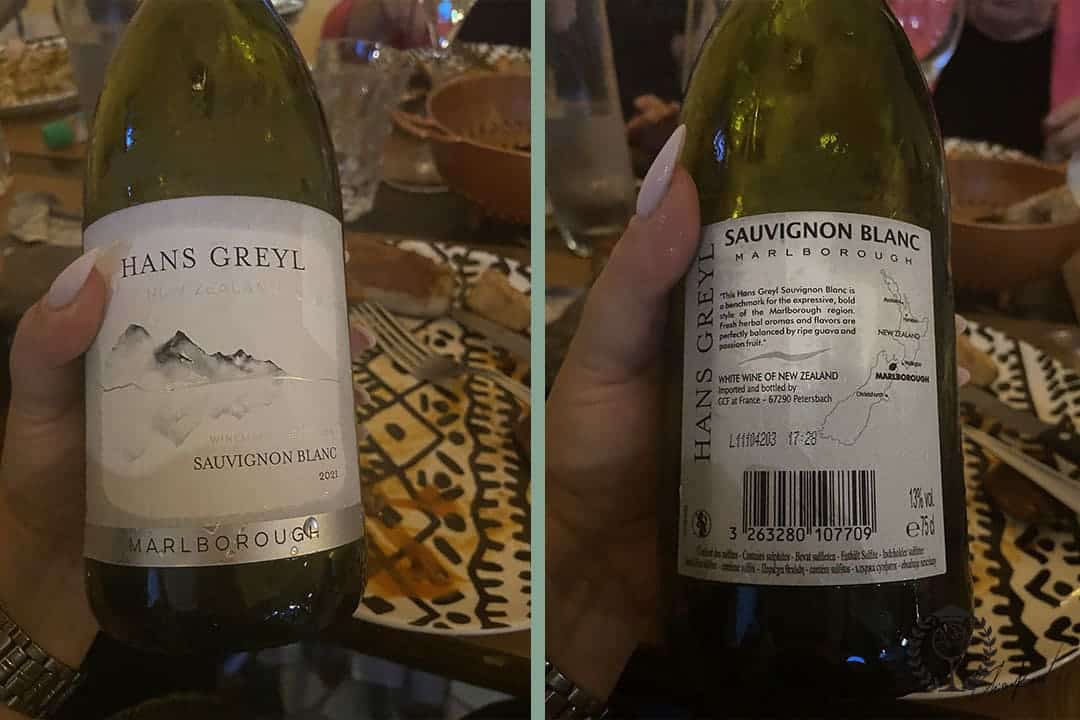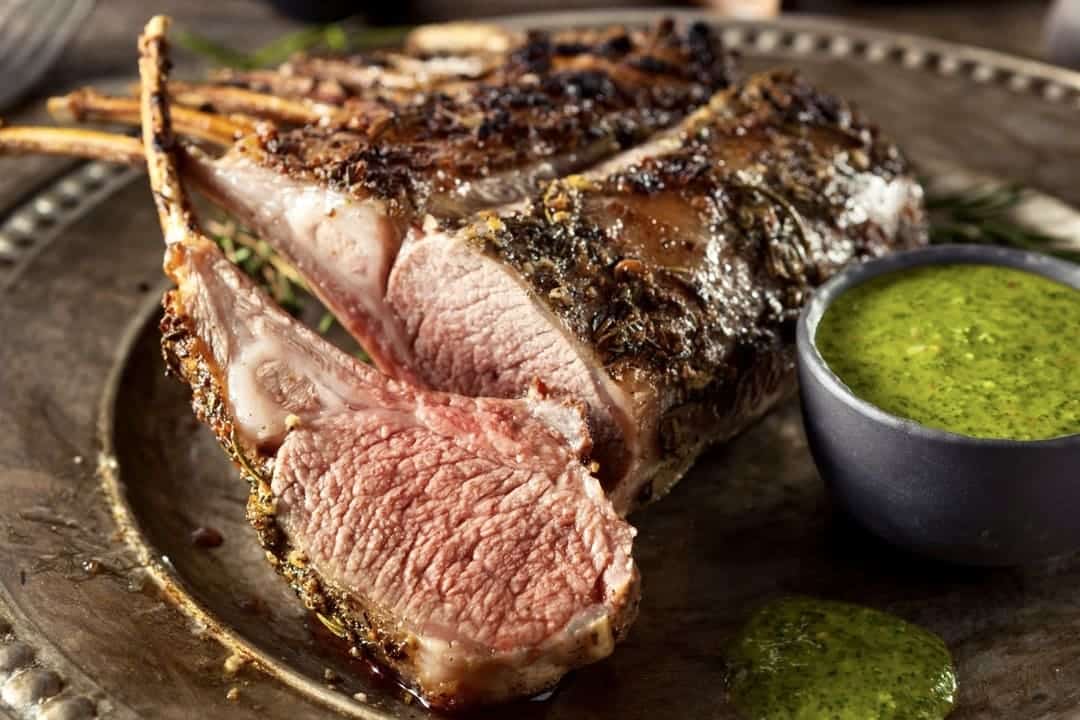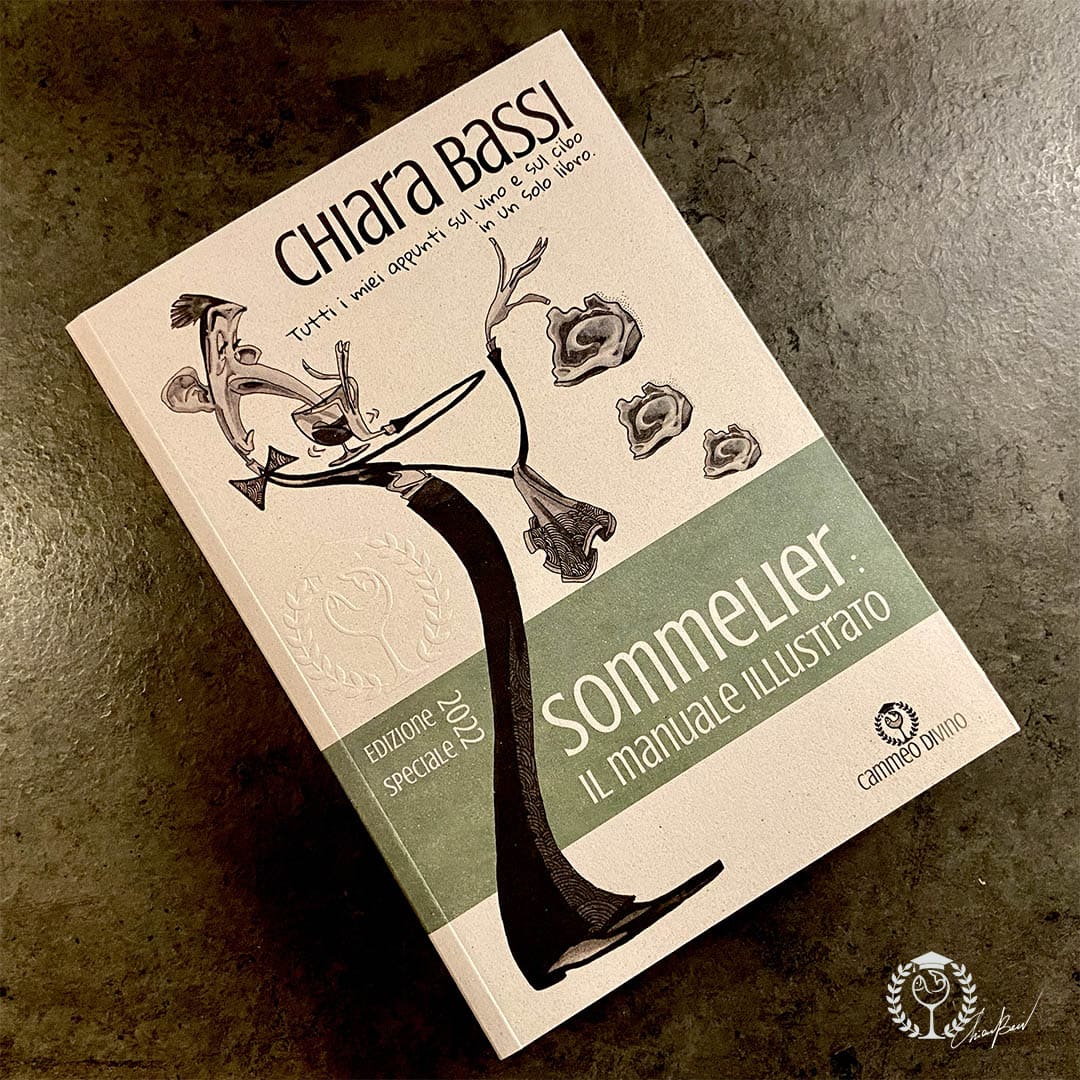New Zealand wines reflect the extreme southern land of the oenological world and is characterised by the ruggedness of the mountains that conceal volcanoes in perpetual activity blending with the softness of green pastures. New Zealand viticulture is young and is mainly oriented towards the production of New Zealand wines from single grape varieties of French origin. Lo slogan 'wines from a cool climate identifies the character of the production: fruity, fresh, with a light, but elegant aromatic bouquet.
The vine was introduced in 1819 by the Reverend Samuel Marsden, an English missionary who planted some vines. The decisive contribution to viticulture was made by Romeo Bragato, an Italian who around the end of the 1800s began the zoning of the territory, an accurate analysis of the soils and microclimates and identified the most suitable areas. Today, New Zealand's most prestigious wine competition bears his name: the Romeo Bragato Wine Awards.
In just a few years, it reached the production of about 2.3 million hectolitres of wine, with a per capita consumption of about 20 l/year. Until 1970, when wine consumption was practically non-existent, 2/3 of the vineyards were hybrids between American and European varieties that yielded rather coarse wines, and production was oriented towards liqueur wines sold under the unlikely names of Sherry or Port. From 1980, interest in quality dry wines grew and the search for the most suitable soils, which are now subject to constant experimentation, began.
The most common form of vine training is VSP (Vertical Shoot Positioning), basically pruned counter-pruning and lateral guyot and spurred cordon. Planting density is generally 220 vines/ha, increasing in poorer soils. In the more fertile soils of the north, the Lira, a double espalier training system is widespread, which allows the plant's vigour to be unleashed while guaranteeing good productivity and quality. Winemaking techniques tend to reward the aromatic component with static clarification rather than drastic filtration.
You can now subscribe to my newsletter or scroll down the page to continue reading the article!
New Zealand wines: Sauvignon Blanc
Sauvignon Blanc is the spearhead of New Zealand wines, the symbol of New Zealand wine in the world. Although it is the most widely planted white grape, it is at its best in Marlborough. Fermented in stainless steel, it has nuances of pineapple, passion fruit, lime, gooseberry and grapefruit with a fresh, vibrant flavour and a pronounced savouriness and long aromatic persistence.
New Zealand wines: the current situation
Today, the wine-growing future of this country is uncertain due to the problem of quality rather than quantity. Holdings make use of modern technology, in some areas drip irrigation is used to cope with the low rainfall, and mechanical harvesting is used to overcome the reduced availability of labour and to contain production costs. The screw cap is used. Unable to focus on economic competitiveness, they aim to make quality wines and place them in the top end of markets (Australia, the United Kingdom, the United States...) where they have achieved the enviable record of highest average price per bottle in the world. The producing companies are: Villa Maria Estate founded in 1961, Constellation and Pernod. There are about 500 producers in the territory, but the weight of the English groups is preponderant.
New Zealand Wines and Local Gastronomy: Some Pairings
New Zealand cuisine has a strong English influence due to the fact that almost all of its population is originally from the UK, but subsequent immigrations from South-East Asia and Europe have enriched it and opened it up to new flavours. New Zealand is populated by 40 million sheep against 4 million people and for this thelamb is one of the typical dishes, which goes very well with the Pinot Noirwith a freshness well tempered by a calibrated softness. The sea offers greenlibbed mussels, giant mussels, bluff oysters, tuatua (clam-like) perfect for the Sauvignon Blanc with a delicate and elegant aromaticity. Rivers give excellent salmon smoked in manuka wood which are enhanced by large Chardonnay with the natural acidity balanced by malolactic fermentation and resting in wood.
You can now buy my book Sommelier: the illustrated manual or scroll down the page to continue reading the article!
Book 'Sommelier: the Illustrated Manual' Special Edition 2022
All my notes on wine and food in one book.
€ 26,00 – € 30,00 VAT included!
New Zealand wines at a glance
- Climate: North Island: humid and temperate; South Island: cool and sunny, the vineyards to the east are sheltered by the mountains, sometimes excessive rainfall.
- Landmainly : mostly clayey and volcanic, a Marlborough are pebbly.
- ViticulturePerfect management of the ratio between photosynthesising surface area and production load;
- Key grape varieties: black berry: pinot noir, merlot, cabernet sauvignon, cabernet franc, sirah; white berry: sauvignon blanc, chardonnay, pinot grigio, riesling.
- Key ZonesNorth Island: Auckland, Gisborne, Hawke's Bay (cabernet sauvignon and merlot), Martinborough (pinot noir). South Island: Nelson, Marlborough (sauvignon and chardonnay), Canterbury, Central Otago (Pinot Noir).
As always, I hope you enjoyed this article and found it useful!
Cheers 🍷
Chiara

